
There are so many benefits to eating more plant-based sources of protein. It’s good for your health. It’s beneficial for the environment. It’s economical for your own wallet. And, of course, many plant-based proteins are very shelf-stable, meaning they’ll last a while in your kitchen too.
It’s important to note that I’m not recommending you switch to an 100% plant-based diet or become vegan. If this is something that you want to do for ethical/environmental reasons, go ahead, and you go girl (or boy!). But, unless it’s for those reasons, I don’t think it’s necessary to pick any far end of spectrum when it comes to any diet. Finding a middle ground that focuses on all foods is my personal preference!
And, even if you’re someone who’s not ready to give up animal protein, here’s the good news: eating plant-based sources of protein even just a few times a week can have immense benefits on your health and the environment
Here’s why:

Benefits of Eating More Plant-Based Protein
Health-wise, there are so many benefits of a more plant forward diet. For starters, this means eating more vegetables, which is always a good thing! Veggies are packed with fiber, vitamins, minerals and antioxidants – they’re one of the healthiest foods we can eat (learn more about easy ways to cook veggies here).
Additionally, swapping animal protein for plant-based protein occasionally also means reducing saturated fat intake – which is often found in red meat and skin on chicken, and increasing fiber intake – which is found in many sources of plant-based protein.
Decreasing saturated fat intake and increasing fiber intake has proven beneficial for: reducing total cholesterol, lowering blood pressure, increasing HDL (or “good” cholesterol) and decreasing LDL (or “bad” cholesterol). In short, it’s super heart healthy.
Additionally, eating plant-based protein a few times per week can hugely benefit the environment. Livestock production is responsible for a significant portion of global greenhouse gas emissions and water use around the world. Cutting down on these protein sources is a simple way to lower your carbon footprint and conserve water.
And lastly, you can save money by eating more plant-based protein (who wouldn’t want to do that?!). Because so many great sources of plant-based protein are shelf stable, you get more bang for your buck. You can buy a large quantity for a relatively cheaper amount of money, and it will last for months.
Again, I’m not recommending you make the switch 100% to plant-based protein (unless your heart is truly set on that!). I’m just sharing some of the benefits. The term “plant-based” gets thrown around so much lately – it’s important to know why it’s become such a big trend so quickly and the potential benefits of it.
The Perfect Stay at Home Protein Source
Given its shelf life and affordability, I also can’t not talk about how convenient plant-based protein sources are while we’re all staying home a little more during the COVID-19 quarantine.
These foods will last a long time in your kitchen and are super versatile. If you run out of meat and fish in your freezer, these are so great to have on hand.
Read on for the 20 top sources of plant-based protein, benefits of each one and ways to use them.
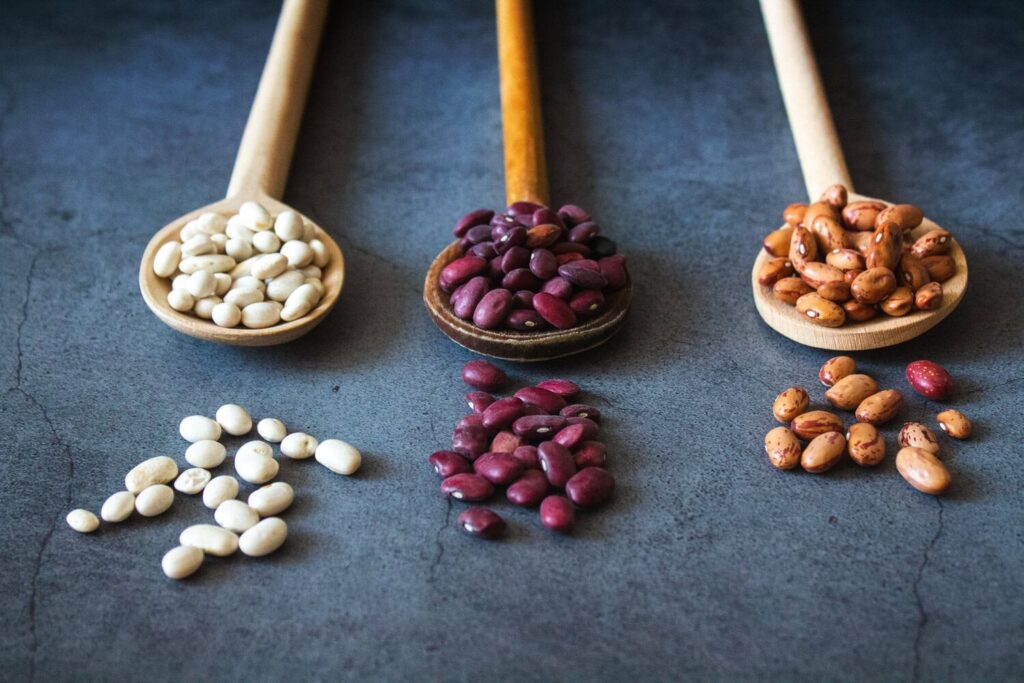
Credit: https://www.woodenearth.com/collections/wooden-cutlery
The 20 Best Plant-Based Protein Sources
1. Black beans (canned or dried)
Nutritionally, there’s no difference between canned or dried beans – they’re both great. If you’re worried about the sodium in the canned version, simply rinse them off – that washes off the sodium. Canned beans will last 3 to 5 years (!!) in your pantry.
2. Chickpeas (canned or dried)
Again, buy these canned or dried – there’s no wrong choice. Chickpeas are loaded with both protein and fiber, and are such a good option for easy meals. Try them as the protein source in a harvest bowl or salad, use them to make hummus, or you can even make this Chickpea Cookie Dough (LINK) for a high protein, high fiber snack.
3. Quinoa
Quinoa is a grain that’s a good source of both protein and fiber. You can buy it dried and simply cook on the stove, or even buy frozen versions that can be made in a few minutes in the microwave. There are many varieties – white, red, rainbow, etc. – and all are great.
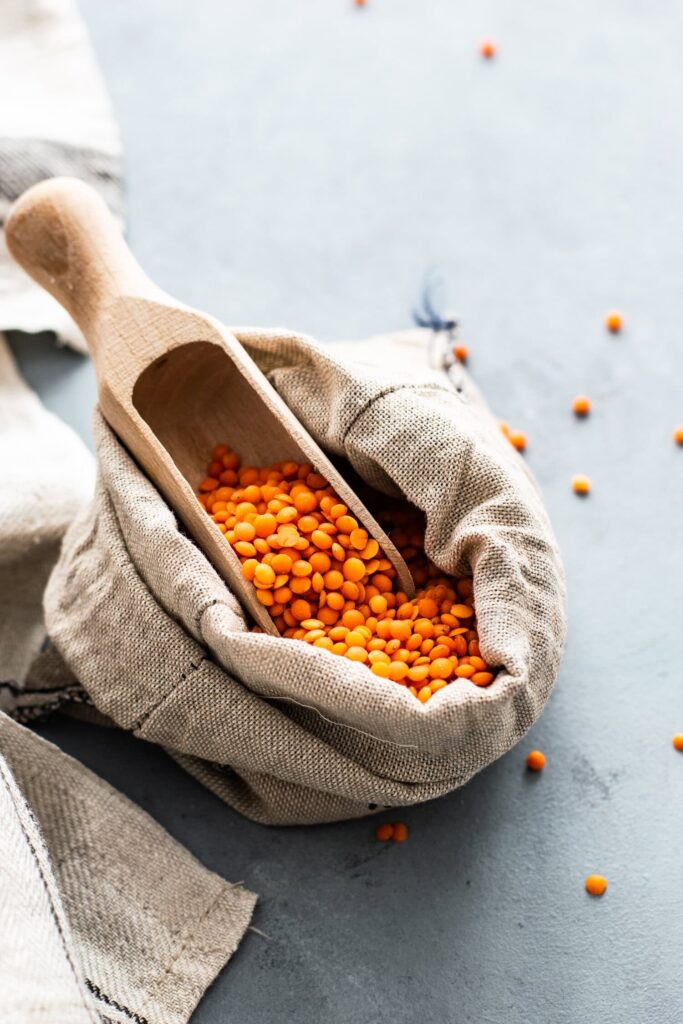
4. Lentils
Lentils are considered a legume. They’re also a really good source of both protein and fiber, meaning they’ll help make any meal filling. I love using them as the base for a plant-based Bolognese sauce.
5. Tofu
Tofu is made of soybeans that are pressed into blocks. The nice thing about tofu is that it will soak up any flavor you add to it. When you cook it, make sure to drain the water out by lining the tofu with paper towels or kitchen towels on a plate and placing a large object on top. Unless you’re planning to mash it for a recipe, I recommend buying extra firm tofu.
6. Tempeh
If you haven’t heard of or tried tempeh, it’s a vegan source of protein made from fermented soybeans and whole grains. It has a nuttier flavor than tofu, but will also soak up pretty much any flavor you add to it. Because it’s made from whole grains, it also has a good amount of fiber too! Try it with teriyaki sauce and add it to a stir fry.
7. Veggie burgers
Veggie burgers are amazing because you can buy them frozen and they’ll last in your freezer for months. There are so many different ones out there. I recommend my clients look for ones with at least 5 grams of protein or more. Some of my favorites brands include Dr. Praeger’s, Morningstar Farms and Engine 2 Plant-Strong.
8. Peanut/almond butter
If you’ve been following me for even a short amount of time, you know that I love nut butter. It’s so easy and versatile, and has a pretty decent amount of protein per serving. Tip: I actually don’t recommend natural peanut butters (unless you prefer them). The sugar and oil added to the more conventional brands is super insignificant and really won’t have much effect on your health overall.
9. Whole wheat pasta
Believe or not, whole wheat pasta is a really good source of protein! Most whole wheat pasta are made of simply durum wheat flour – a higher protein flour. Plus, dry pasta lasts about 1 to 2 years. Try it with tomato sauce and frozen veggies for a super easy, shelf stable meal.
10. Hummus
Okay, so this one is similar to chickpeas, but I love hummus as a protein option. Use it as a dip with meals or as a spread with veggie wrap – it’s a nice way to easily up the protein in any meal. Plus, most store-bought hummus will last at least a few weeks in the fridge.
11. Edamame
Edamame – or soybeans – is another source of protein that’s also high in fiber. I love buying edamame frozen – it lasts in the freezer up to 1 year. Add it to salads, grain bowls or even eat it on its own as a snack.
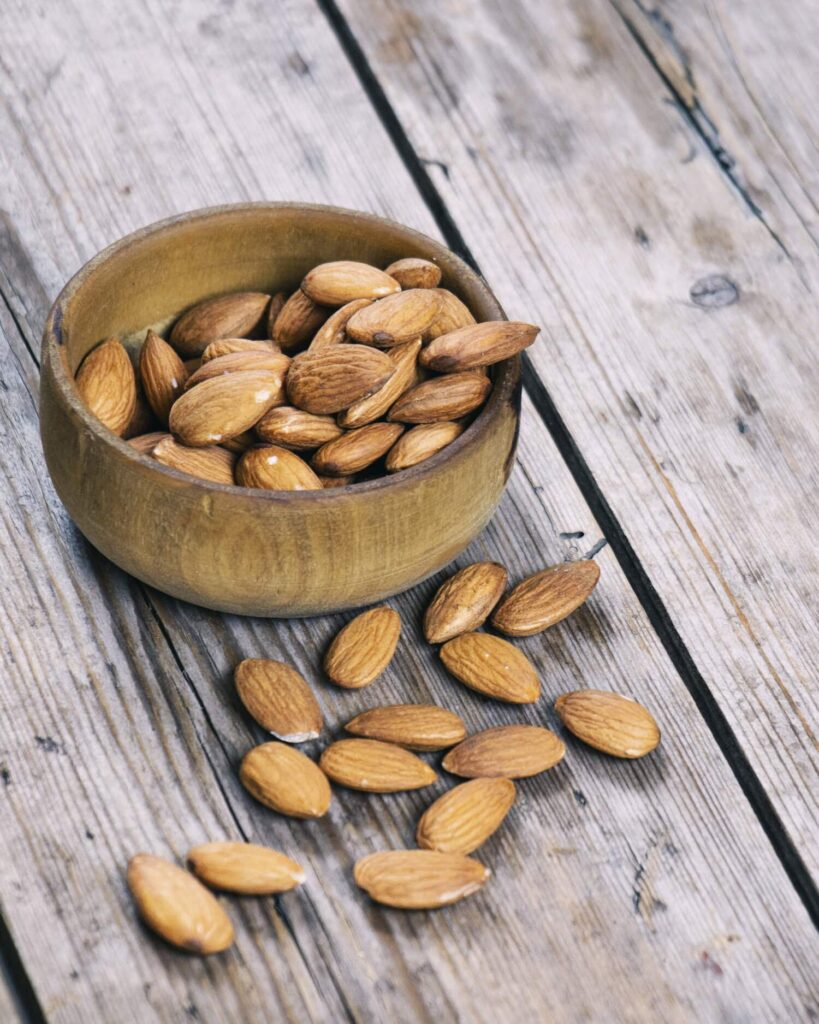
12. Nuts
Like nut butter, nuts are a great way to add protein and some healthy fat (LINK) to your diet. Options include: peanuts, almonds, cashews, pistachios and walnuts – no nuts are bad nuts! Try them on top of a salad or warm meal, or pair them with a piece of fruit as an easy snack.
13. Kidney beans
Buy these canned or dried – just like black beans. Kidney beans have a bit of a richer flavor, and are delicious in so many different meals. Use them to make a chili with canned tomatoes, or make a simple bean and cheese quesadillas with them.
14. Chia seeds
Chia seeds contain protein, fiber and healthy fats, all in a very small package. Make sure to store them in the fridge and they’ll last anywhere from 2 to 4 tears. Sprinkle chia seeds on toast, add them to yogurt, or make chia pudding with 3 tablespoons of chia seeds per 1 cup of milk or non-dairy milk of choice.
15. Peas
Most of my clients are surprised when I tell them that peas are a decent source of protein. They’re also a pretty good source of fiber too! Try buying frozen or canned peas that will last a long time in your kitchen. I love making them with brown rice, soy sauce and an egg to make an easy fried rice.
16. Nutritional yeast
Nutritional yeast is basically deactivated yeast. It gives food a fun, cheesy flavor if for any reason you don’t eat cheese. I also love the crazy nutrient boost that it gives to any food. Nutritional yeast has protein and many B vitamins – all in a small amount. Because many vegan diets are traditionally lacking in B vitamins (often found in meat), nutritional yeast is an amazing thing to sprinkle on any meal (I love it on pasta).
17. Soy milk
Refrigerated soy milk will last about 10 days. Soy milk bought in the pantry aisle of the supermarket will last up to 1 month. If you don’t drink regular milk (most adults lose the enzyme – lactase – needed to digest plain cow’s milk as we get older!), soy milk is a great option. Use it to make oatmeal, or simply have it with a bowl of cereal.
18. Whole grain cereal
Speaking of cereal, whole grain cereals are also a pretty good source of protein, in addition to the fiber they already provide. One of my favorites is Kashi – almost any variety is packed with both protein and fiber. Get creative and have it with milk, Greek yogurt, or even make it into peanut butter cereal bars (YUM).
19. Farro
Farro is another grain that’s a good source of both and fiber. You can buy it dry and cook it just like quinoa or rice. Pair farro with roasted frozen veggies (roast frozen veggies with olive oil, salt and pepper like you would fresh veggies) and the sauce of your choice for a simple, protein and fiber packed meal.
20. Hemp seeds
Last, but very much not least, hemp seeds are seeds from a hemp plant. They have a slightly nutty flavor, but overall, a pretty neutral taste. Sprinkle them on top of anything – from bowls, to salad, to cereal – to boost its protein content.
Want to learn more about simple, healthy eating , especially in the midst of all the COVID-19 craziness? Check out All Foods Fit, my membership program with 12 lessons to teach you everything you need to know in simple, realistic ways.

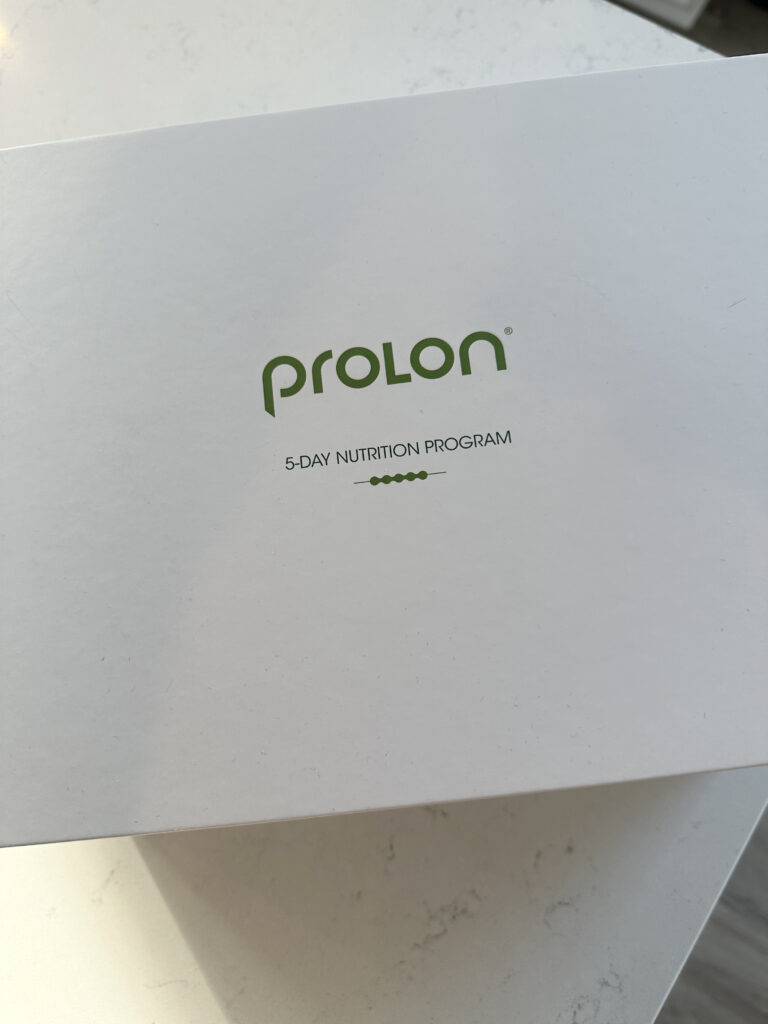
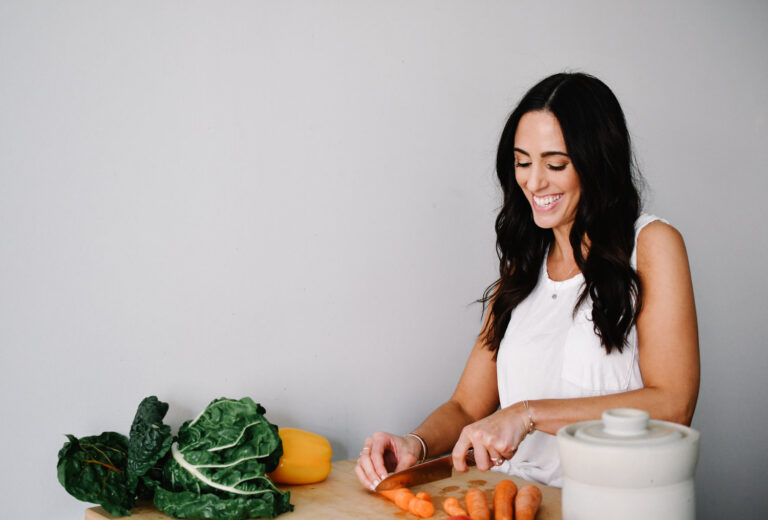
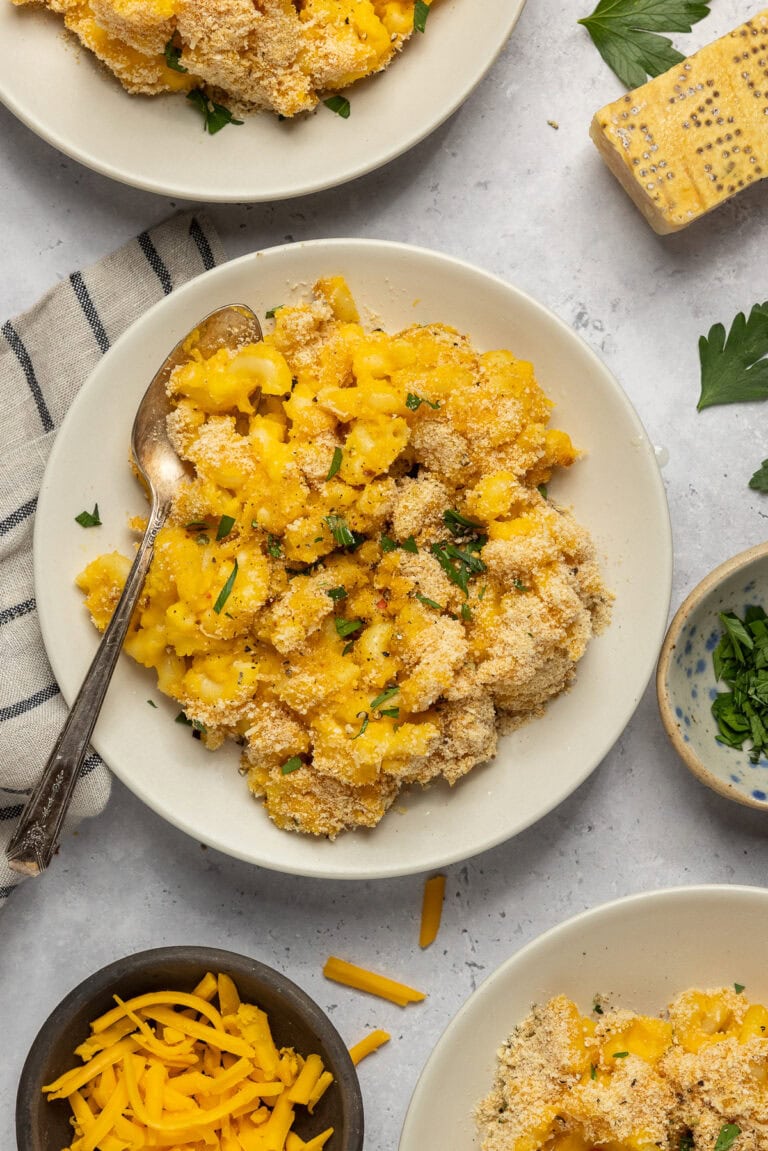
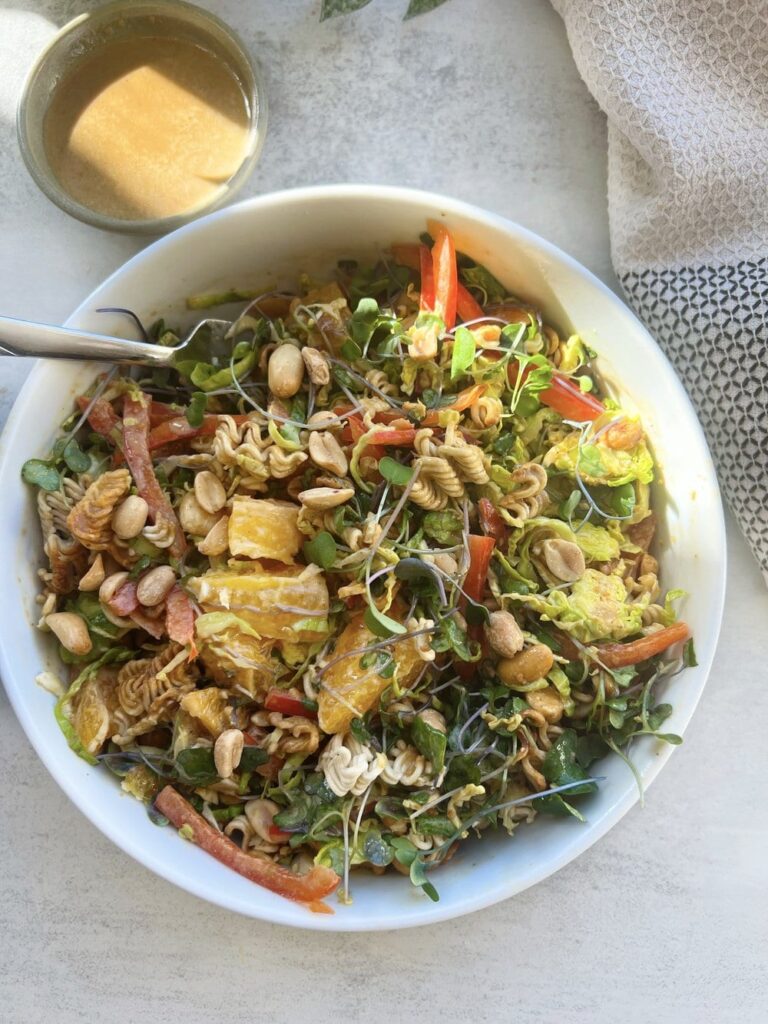
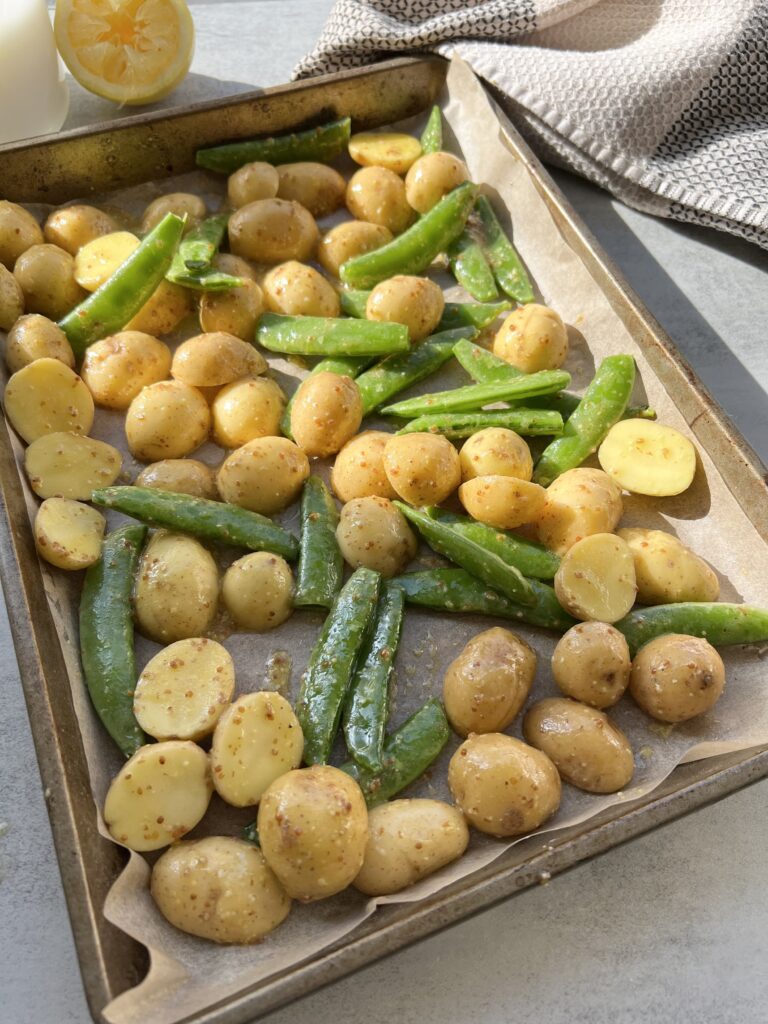
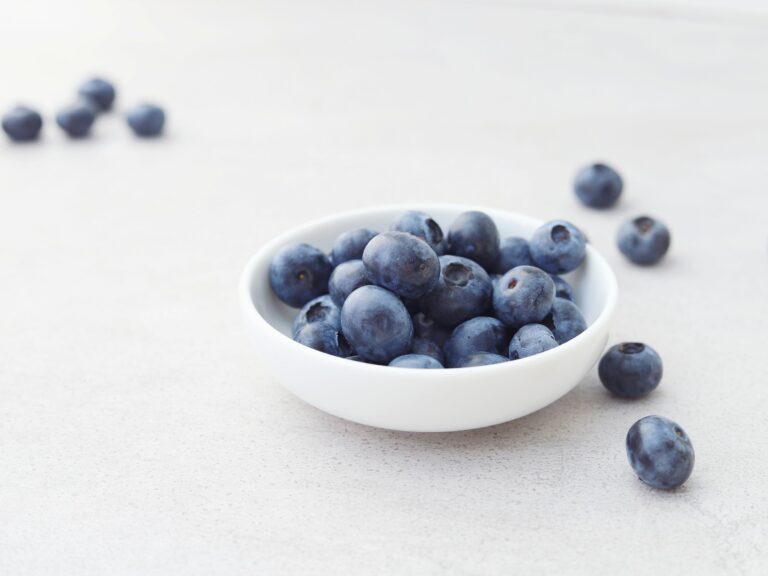
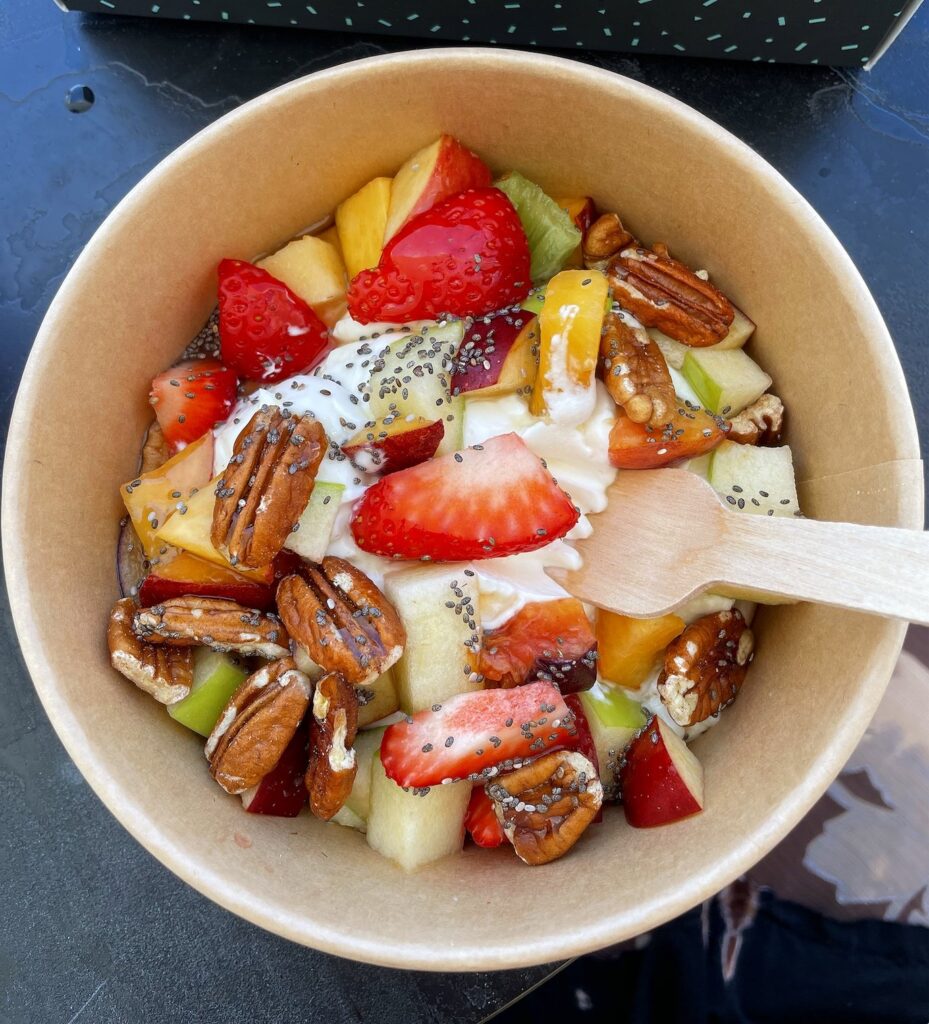

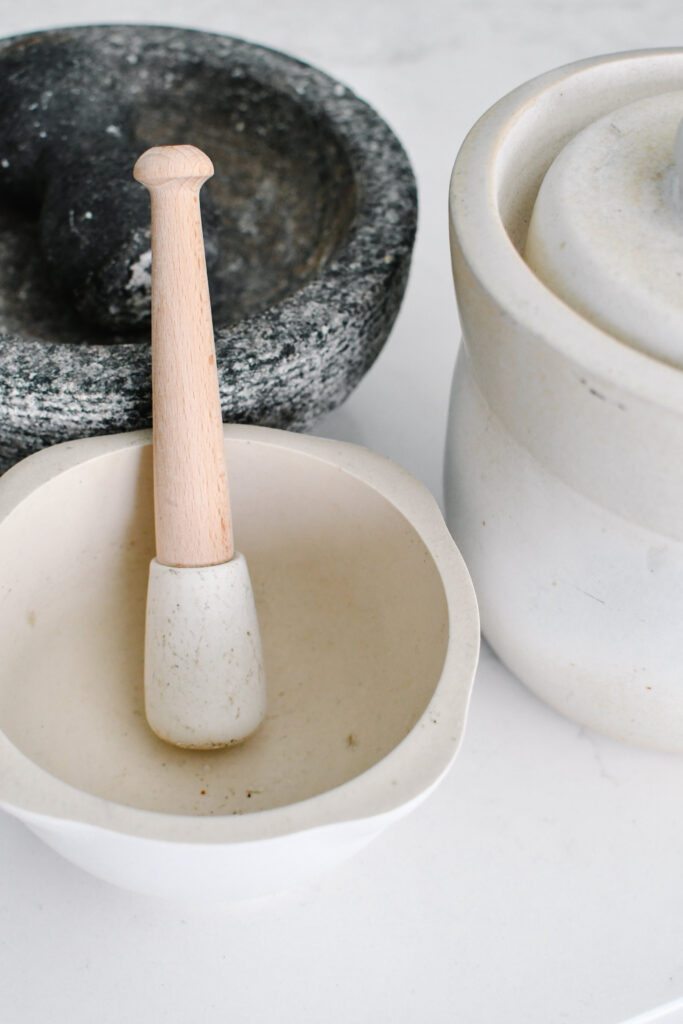

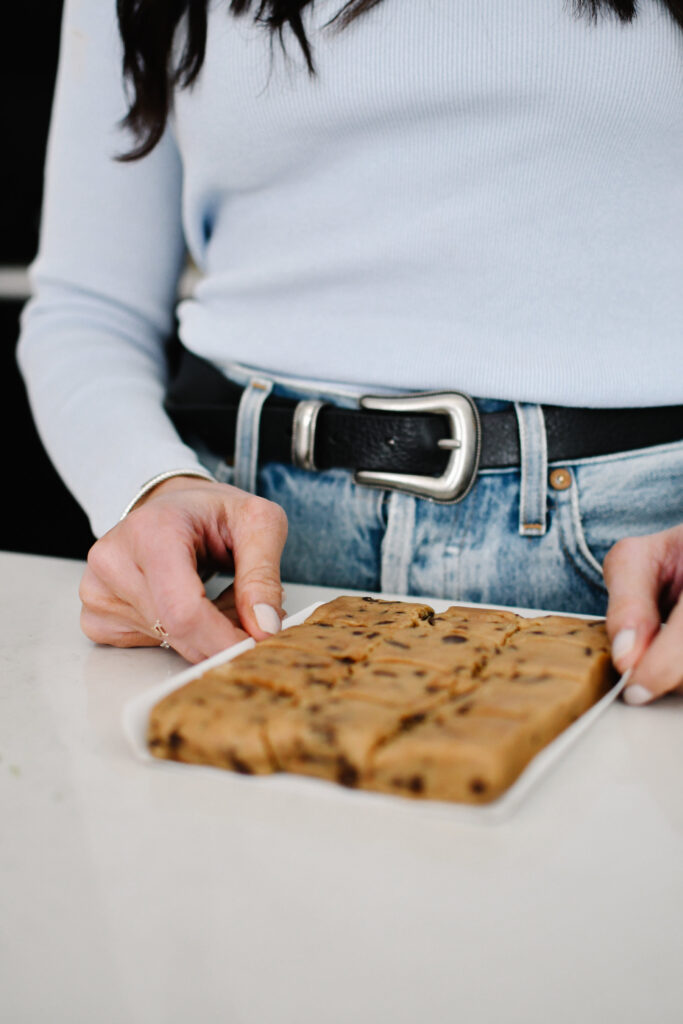
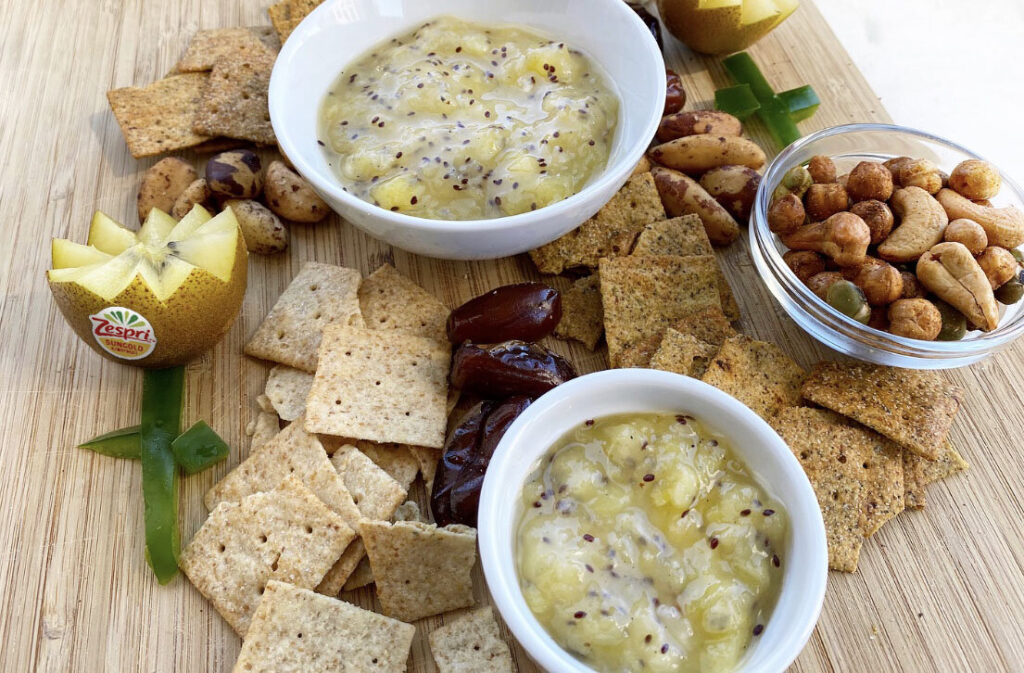
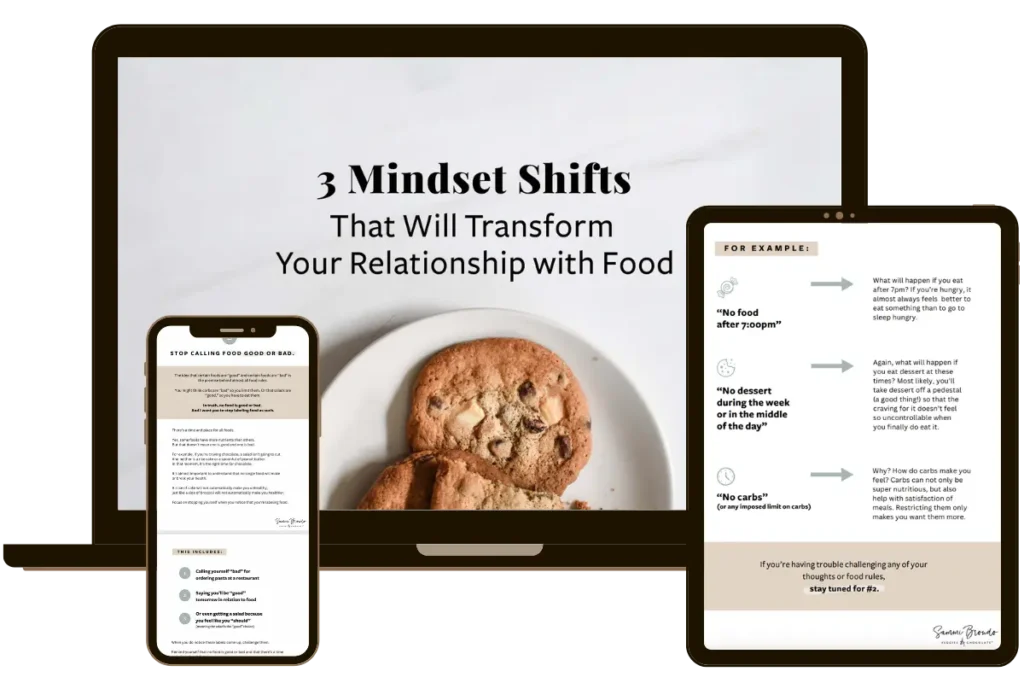
Thanks for sharing this information with us. We are also working in the same field. Interested can contact us. https://bit.ly/3j1Q3lz